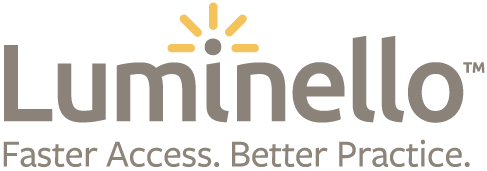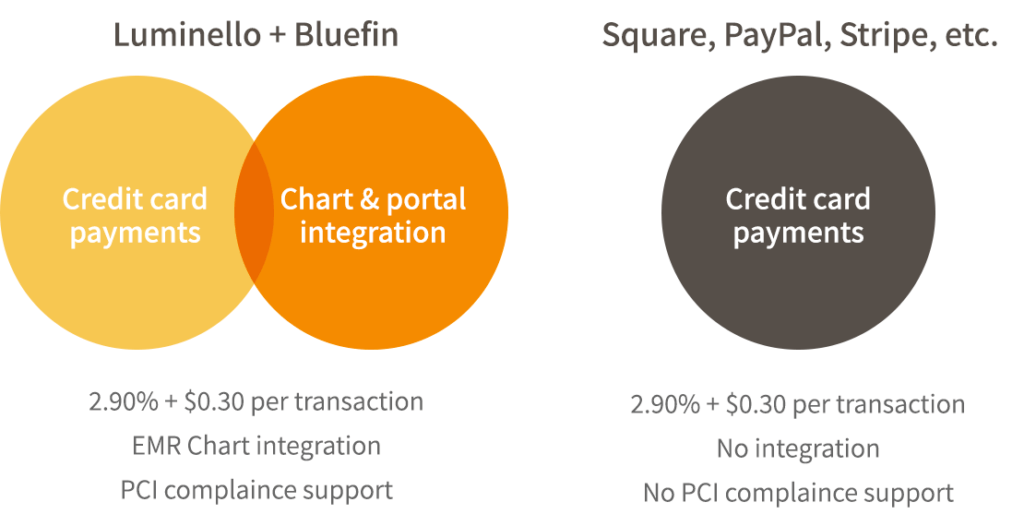Hi and welcome to the next installment in our private practice mini-series – today we’re going to focus on running a highly efficient private practice.
This is video 6 of 6 in our series Starting a Psychiatry or Therapy Private Practice:
- Episode 1: The Mechanics of Getting Started
- Episode 2: Income in Private Practice
- Episode 3: Marketing your Private Practice
- Episode 4: Start-up Decisions You Must Make
- Episode 5: Technology in Private Practice
- Episode 6: The Highly Efficient Private Practice
Disclosures
I’m Ken Braslow, and I’m a board-certified child/adolescent and adult psychiatrist. I trained at UCSF, run my own private practice in San Francisco, CA, and founded Luminello, the electronic medical record for psychiatrists and therapists.
There are no other conflicts of interest.
Goals
So the goals of today’s presentation are to think through the potential pros and cons of improving various admin systems in your practice, and then coming up with an action plan to save yourself valuable time.
Overview
We’re going to cover the various systems in private practice that clinicians get bogged down in, like handling intakes, dealing with scheduling, note taking, and billing.
Intakes
Luminello EMR
Try our free plan for as long as you’d like.
Learn more
Let’s start off with handling new patient evaluation requests. Whether you receive them as phone calls directly from patients, referrals from colleagues, or insurance companies actually reaching out to you, talking with prospective patients before they are actually your patients can be the most time-consuming part of your practice. Often times once you get on the phone, it’s hard to get off. Sadly, people will start crying when they are talking to you; they just want to ask you one more question; then one more question; etc.
Here are some general guidelines.
First, never take or make a call regarding a new patient evaluation request when you are in-between patient appointments. Even if you preface the conversation with “I’ve only got 5 minutes”…good luck wrapping up on time.
Second, it’s important to be clear to patients which forms of insurance and payment you take. For example, it’s not uncommon for patients to confuse Blue Cross and Blue Shield if you happen to take one but not the other – then all the time you’ve spent on the phone call will be for naught if it only comes up at the end.
Next, it’s important to be clear about availability. It’s not uncommon for patients to spend a long time talking with you but then only have in mind one particular time slot that they want to come see you, especially for therapy patients. So you’ll want to clarify that before you dive too deeply into a call.
Now some providers take an alternative approach, where they don’t do any phone screening; they just take anyone because they believe they can help most everyone. However the danger is that, even if it’s only rare, one high-risk patient could not just derail your day, but could have significant effects on the rest of your practice.
Scheduling
Okay, now let’s talk about some of the challenges with scheduling.
First, you’re going to need to schedule admin time to run your practice. Of course, you don’t get paid for breaks, but then, when will you go to the bathroom? Read your emails? Do your finances? You must budget in time for this, or you’ll find that work will follow you home and your entire day will become your work day.
Regarding prime time scheduling: Primetime for clinicians is typically at lunch time or right after school or work. Be careful about giving away those primetime slots if you don’t need to; it’s worthwhile to see if a patient will take a non-prime time slot first.
Marketing time: you need to spend time building your practice when you’re starting out. Did you build that into your work day? Or do you plan to do that on the weekends or in the evenings?
Seasonal lulls -around the beginning of long weekends, or during seasonal breaks, it’s not uncommon for practices to slow down. Be sure to anticipate that in your budgeting. Also note that, many kids, or adult patients who are parents, will take time off around spring, summer and winter break, and many school districts have different calendars for these breaks, so this could go on for several weeks around these times.
Let’s also not forget about communicating about appointments – it’s so painful to hear a patient say “no, I didn’t have an appointment then,” after they’ve no-showed. Having a confirmation email that goes out to the patient, as well as a reminder before the appointment, reduces much of the pain of no-shows for both of you.
Finally, regarding cancellations and reschedules – make sure you have a crystal clear policy for when patients need to cancel or reschedule their appointments by. For example, what if they cancel on a Sunday morning, for a Monday morning appointment? What’s reasonable to ask of them, versus what’s fair for you? You need to weigh these two as you decide on your cut-off.
Note-taking
Now let’s talk about note-taking. For some providers, using pen and paper, or programs like Microsoft Word, could work fine.
Using pen and paper is of course the simplest method, but what happens if you spill juice on your notes? And there’s no copy and paste, or clone forward, when you are using pen and paper.
If you’re using Word, this is stored on your local computer, but what if your hard drive crashes – do you backup regularly? What if your computer is stolen – is your hard drive encrypted, not just password-protected?
Word is also just Word – what about integrating other clinical elements of the note, like rating scales or patient questionnaires into your notes?
On the practice side, are you okay using multiple systems like one for scheduling, one for note-taking, one for email, one for billing? For some providers, that’s just fine; for others they will want a more integrated solution.
Billing
Now let’s talk about billing.
When will you get paid? You’ll need to think about how often you are planning to bill your patients. Some clinicians do it monthly, some do it after every session, and some, well, just never get around to it.
What will you bill for? You’re going to have to think about your policies in advance so there are no surprises. All of those two-minute requests add up during the day – on the one hand you don’t want to nickel-and-dime your patients; on the other, you need to be fair to yourself and your practice. So, are you going to bill for emails? For refills? For paperwork done outside of session?
How will you bill – what system will you use that is most efficient? The time you spend billing is actually time you could be seeing patients, so you need to find a way to make it as efficient as possible.
How will you collect payment? Checks are the old classic, but often times people pay more slowly when they are paying by check, and sometimes people just never seem to send in that check. Will you collect it in session? If so, that can take away time from clinical matters, and can be awkward. What about credit cards? They’re much more efficient, but they come with a price. You’ll have to do the math… Is it worth it for you? You should even think about taking insurance as a form of payment – insurance company checks don’t bounce, though they do pay lower rates. The trade-off is that you get more volume. So you’ll need to think about the conflicting values here and your priorities as you build your practice.
Late payments – how are you going to handle patients who pay late? What if it’s one time, versus chronic? Most other businesses don’t tolerate late payments without some sort of penalty; however most of their businesses don’t deal with as personal a subject-matter as ours.
Sliding scale – how do you decide who to offer your sliding scale to how much should you offer off? Think about your bottom line and then think about your values as well.
When will you discuss all of this with patients? In conversation before your first meeting? At the first meeting? Most patients just want to feel better, they don’t want to talk business. So this can be tricky to navigate. Having good systems in place before the first evaluation both minimizes surprises, and allows you to focus on doing good clinical work.
Conclusion
So, that wraps up today’s talk – I’d recommend you consider your priorities when it comes to cost and ease of implementation of the systems we discussed. After that, try to put in place a few strategies that get you closer to peak efficiency, and keep testing your systems and gathering data so you can get progressively closer to your end goals.
And, browse more helpful content in our Private Practice Hub resource center for lots of other free, useful tips. Thanks for tuning in and wishing you the best in building and growing your practice.


